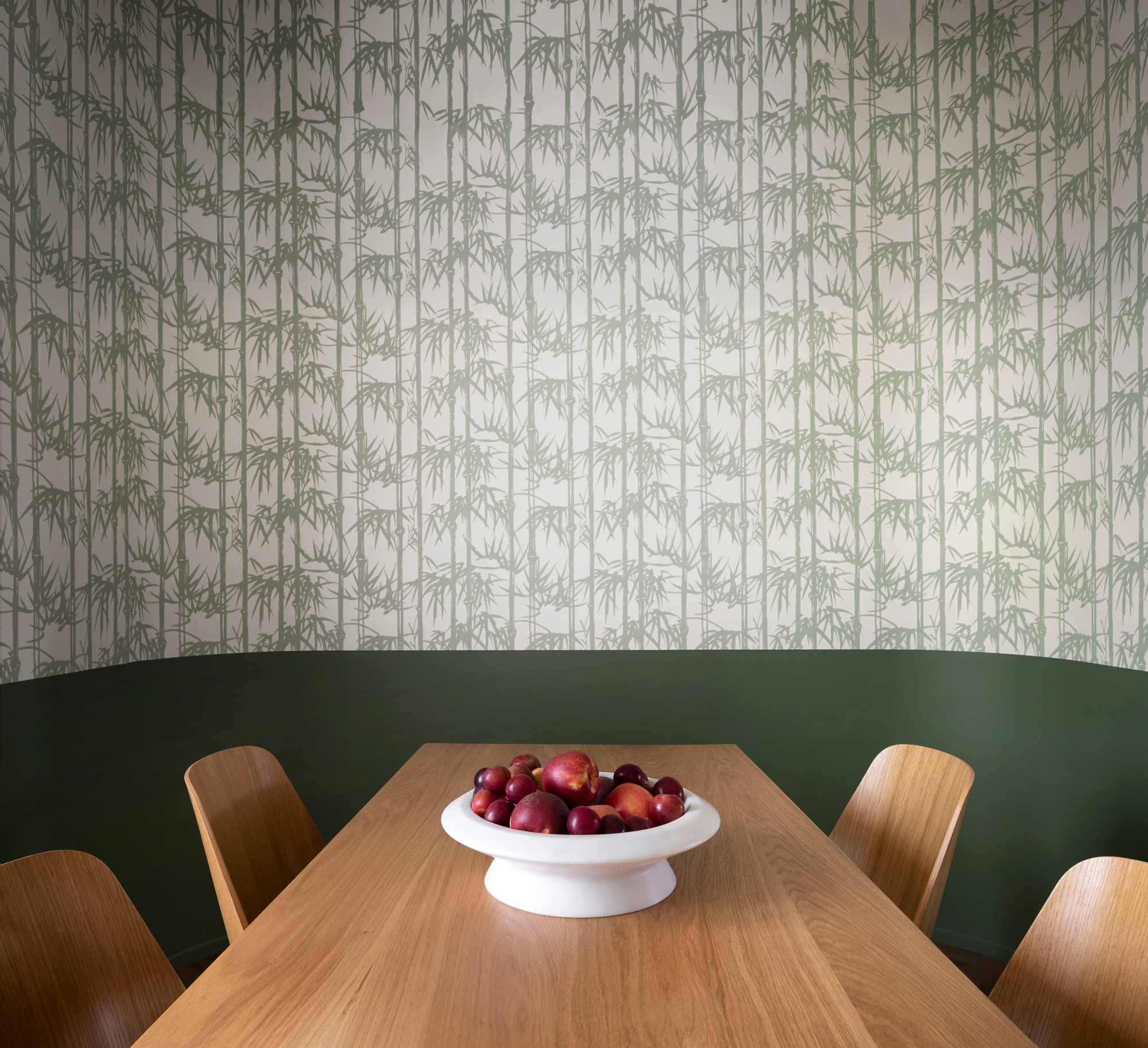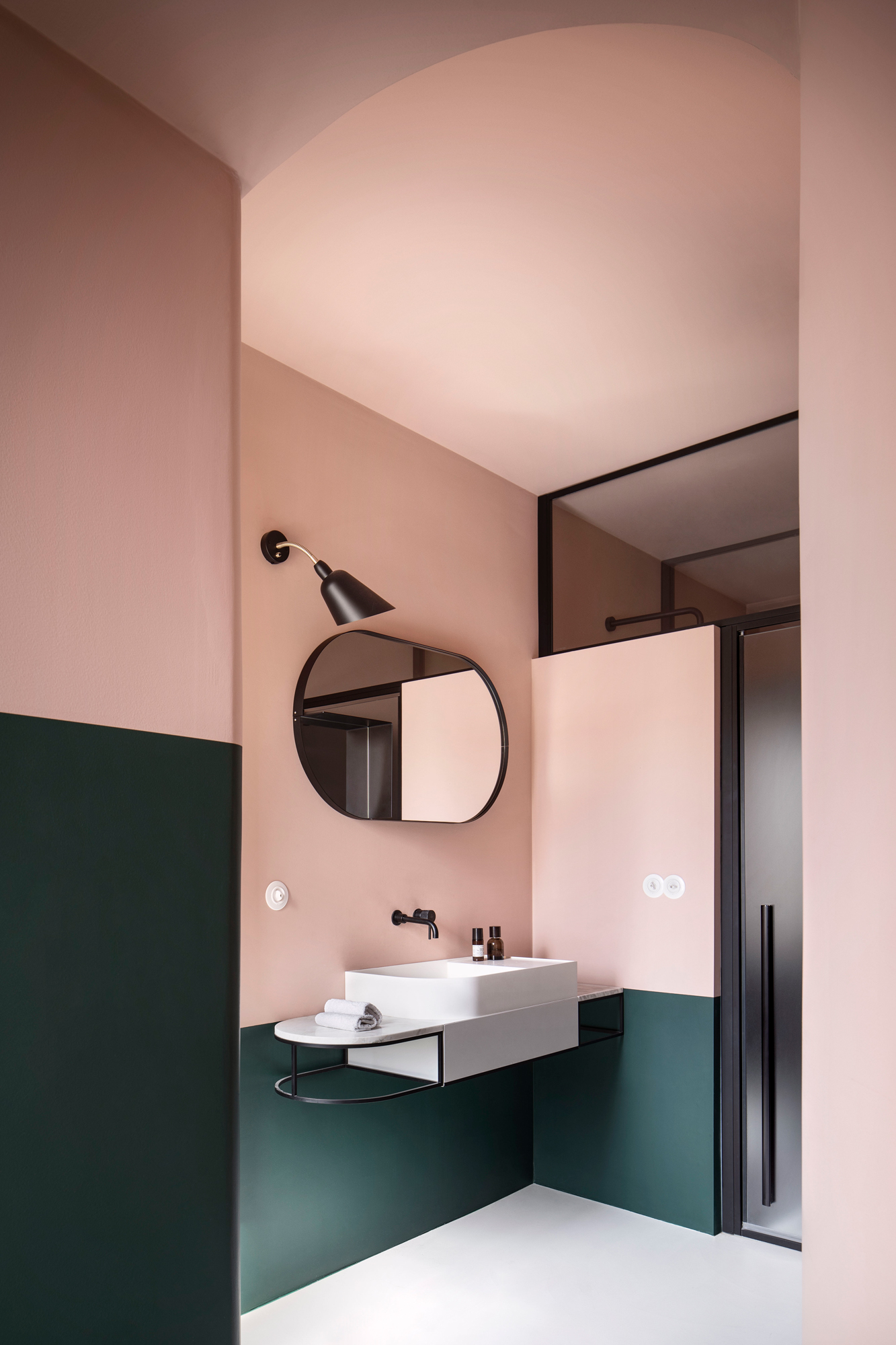“To make the table, it takes wood. To make wood, it takes a tree. To make the tree it takes a seed ". We don't want to rely solely on easy quotes - the genius of Gianni Rodari; the voice of Sergio Endrigo; a fairy tale not only for children, one that we all still know how to hum – but the truth is that in many cases you really do need a flower.
A semi-central area of a Milan that knows how to be elegant and neighbourly, a tree-lined street that follows an imaginative line between the old and the new world, acknowledging modern buildings that are reflected in the Pirelli Tower and early twentieth century houses that, in their decorations and wrought iron, certify that European taste has also grown on these walls. Not far away, Umberto Boccioni painted himself on the balcony of his house while fields and meadows still stretched out behind him. Today the area is alive, full of shops, artisanal pastry shops, markets and smiles. From the upper floors you can see all of this and be dazzled by it, while the sunlight delicately filters through the windows, creating new and unexpected chromatic elements.
But we said you need wood, and in an apartment that, at the time of purchase, lacked nothing but personalisation and love, there was a lot of it. Fewer walls, more flexible elements, custom-made furnishings and the work of artisans still in love with their work. A living room made of colour and brightness, where vintage wood is expressed in a 1960s salvaged bookcase; in a much-desired bay window, surrounded by windows overlooking the street; in a clear wall-bookcase hiding the doors which transform the study into a room for guests. Yellow doors, like the sound of a trumpet, volcanic, impossible not to notice. The colours communicate with us and with each other, as the yellow meets the red of the library at the entrance, a mysterious birth from the simultaneous tendency to move away and ascend yellow and blue - Vasily Kandinsky would have said.
It’s impossible to forget the green. Sage or deep - that of the green Alpine marble. The kitchen and dining room allow themselves stable values: those of the green, the integrity of the marble in the kitchen top, the dignity of the bamboo in the wallpaper that defines the dining room, and a small wedding favour satisfied with itself on evenings with friends. Parquet wood floors brought back to life, the colour of ad-hoc concrete tiles, still playing between white and sage green, with elements of blue, turquoise, beige and grey notes, while, like a treasure hunt, strips are lost in the entire surface of different colours, because you are never too old to play.
Green returns to the bathrooms, this time combined with pink and a curved form: geometric figures and colour allow one to enter into oneself, to relate, to overcome the limits of a room, a destination, a definition. One last detail that is the common thread of the apartment and of an idea of harmony that is still alive: the arch, the doors, the bookcase, the rounded, soft, voluptuous objects, of a lamp inscribed in design history books, which has function and is not simply a pure decorative object. And if a parenthesis delicately illuminates the bedroom, following a flawless luminous line you take the road back to the entrance.
Project Link: A Home for Readers
Original Text in Italian by: Flavia Fiocchi



